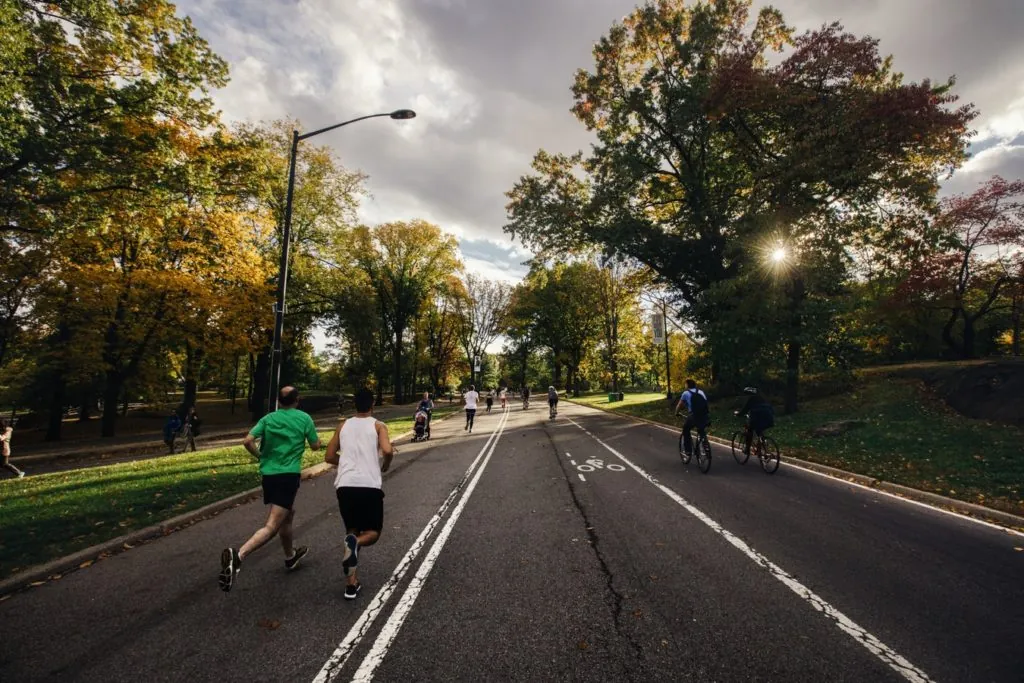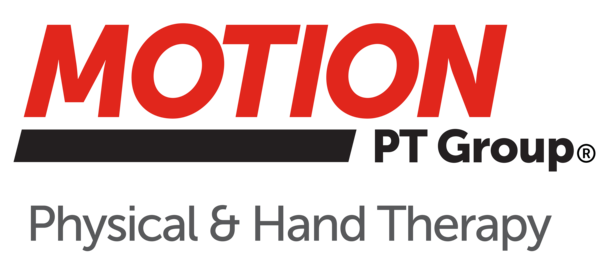
With any sport comes the risk of an injury. Sports injuries occur daily and range from minor to major injuries that could keep you from playtime. If you get an injury, it is important to have it checked right away to prevent further damage. This is where sports rehabilitation comes in to help. Sports rehabilitation is a type of physical therapy that treats people of all ages who have musculoskeletal system pain, injury, or illness. With the use of exercise, movement, and therapeutic interventions, sports rehabilitation helps maintain health and fitness and helps you recover from injury and reduce pain. At MOTION, our goal is to return patients to their highest level of function by focusing on biomechanics and exercise rehabilitation.
Types of Sports Injuries
While many injuries are minor and can be healed with home remedies, there are major injuries that are serious and require immediate medical attention.
Common sports injuries include:
- ACL tears occur when there is a tear or sprain in the anterior cruciate ligament (ACL), one of the major ligaments of the knee. ACL injuries occur during a sudden stop, change of direction, jumping, or landing. This injury is common in sports such as soccer, basketball, football, and skiing.
- A Concussion is a serious traumatic brain injury that occurs when you experience a bump, blow, or jolt to the head or body that causes a rapid back and forth movement of the head and brain. With this sudden movement, the brain bounces and moves around in the skull which causes chemical changes, stretching, and damage of brain cells in the brain.
- Sprains occur when bands of fibrous tissue connecting two bones called ligaments stretch or tear. The most sprained area is the ankle.
- Strains are different from sprains. Strains occur when there is an injury to the muscle or tissue that attaches muscles to bones.
- Shin Splints refer to pain along the tibia, the large bone in front of your lower leg, also known as the shin bone.
- Tennis Elbow is tendon inflammation in the elbow caused by overusing the forearm muscles.
Sports Injury Rehabilitation Stages
After initially sustaining a sports injury, it can be easy to want to rush through the recovery process and return to the game. However, taking the time to go through each stage of rehabilitation will help ensure you make a full recovery. At MOTION, our team knows which stage of recovery an athlete should attain and when they’ll be ready to move on to the next. By choosing our staff to administer your physical therapy, you’ll be able to return to your sport with no risk of future injury.
1. Pain and Swelling Reduction
With most injuries, the first two symptoms a person experiences are pain and swelling. As a result, these will be the first challenges targeted during physical therapy. Before you can complete any of the more involved aspects of physical therapy, you can expect a rotation of ice, heat, and sometimes even massage therapy on the injured area. Once the pain and swelling have diminished, the next stage of rehabilitation can begin.
2. Improve Joint Mobility and Range of Motion
Now that you have less swelling, you can begin physical activity. Due to the nature of your injury or a prolonged period of immobility, your joints and muscles may be stiff. This can make moving very difficult and sometimes even painful. To help limit the time spent with stiff joints and the potential for long-term damage, your physical therapist will start you with range of motion exercises as soon as your body is ready to handle them.
3. Regain Your Strength and Endurance
After restoring your range of motion, the next step will be regaining your strength. Our team at MOTION will teach you a variety of strength and endurance exercises that will push you to your limits without causing additional harm. By making sure you regain your levels of strength, you’ll be able to reduce the risk of re-occurring injuries while moving closer towards your peak athletic ability.
4. Increase Coordination Skills
Proper body coordination is the key to being a successful athlete. In the second to last stage of rehabilitation, you will need to “re-teach” the injured area how to work in tandem with the rest of your body. Our physical therapist will assess how far you’ve come and consider what motions are used in your specific sport when coming up with a coordination regimen. Once your coordination has reached a healthy level, you’ll be able to move on to the final stage of physical therapy.
5. Recovering Sports-Specific Movements
For the final stage of rehabilitation, our physical therapist will have you perform exercises that mimic the specific motions you’d utilize when competing in your sport. You won’t be able to return to action until you’re able to perform all the motions you could before the injury took place. After they’ve completed this stage, our patients should feel confident that they can begin to compete without fear of injury.
What to Expect
Your initial visit will feature an in-depth consultation interview and physical assessment. The physical assessment of the patient will conclude an appropriate diagnosis of the injury, factors predisposing the injury, and other health disorders that could be related. At MOTION, our physical therapists use clinical reasoning to create a tailored recovery plan to help you return to the highest level of function and physical activity. Sports rehabilitation will combine advice, education, and rehab into all the features of your daily life.
Road to Recovery
It is important to start treatment and rehabilitation soon after an injury happens and continue using therapeutic interventions to speed up recovery. At MOTION, our team of highly specialized physicians and therapists will work with you to create the best treatment plan targeting your specific needs to help you recover and return to your prior activity level before the injury. Your treatment plan for rehabilitation will focus on getting you back to the same—if not better — functional capacity. We’ll incorporate therapeutic interventions and exercises into the treatment and monitor and modify areas as needed.
Forms of treatment include but are not limited to:
- Exercise rehabilitation
- Graded activity
- Manual therapy
- Workplace assessment and modification
- Massage
- Taping
- Bracing
- Electrotherapy
Benefits Of Physical Therapy
There are few things more infuriating to an athlete than dealing with an injury. While you may think your season is now over, this doesn’t need to be the case. By allowing our specialists at MOTION to perform your physical therapy, you’ll be able to achieve the following benefits:
- Avoid the need for surgery
- Mitigate the risk of re-injury
- Increase athletic performance
If you received an injury playing a sport and are seeking immediate medical attention, call and schedule a consultation appointment at MOTION. We will provide you with the best form of treatment to get you on your way to a speedy recovery and back on your feet playing your favorite sport.
